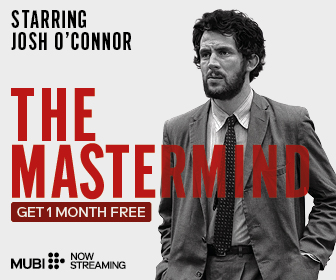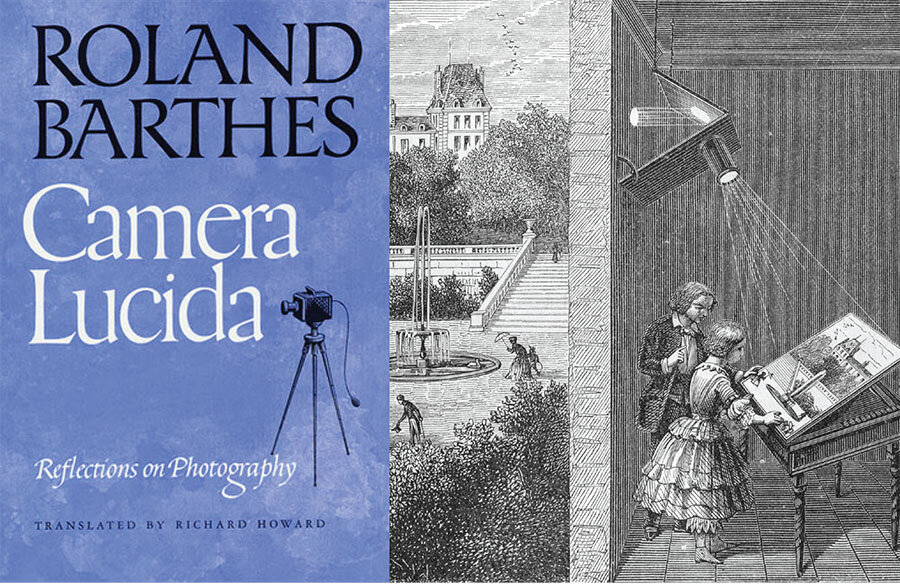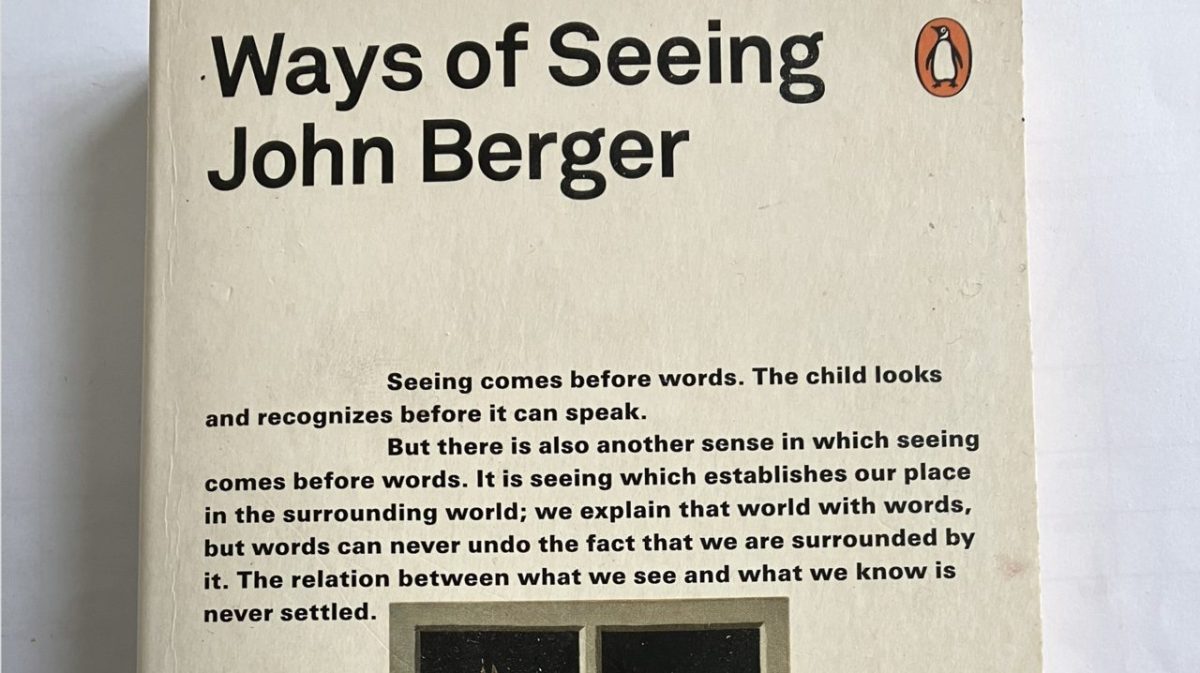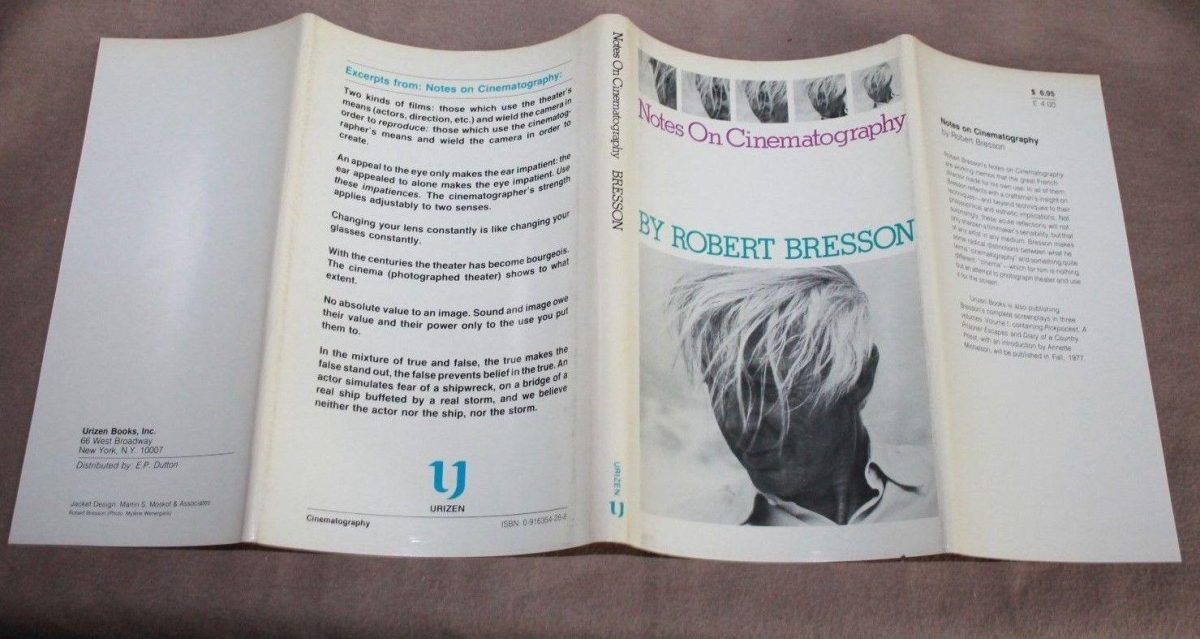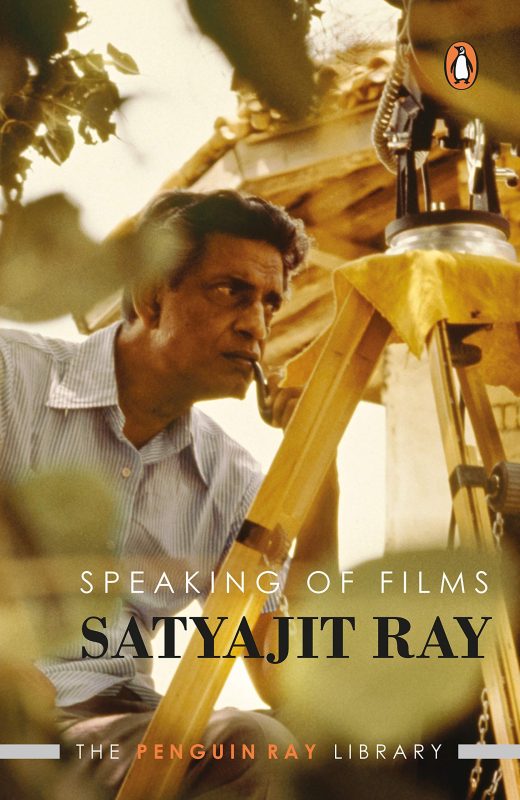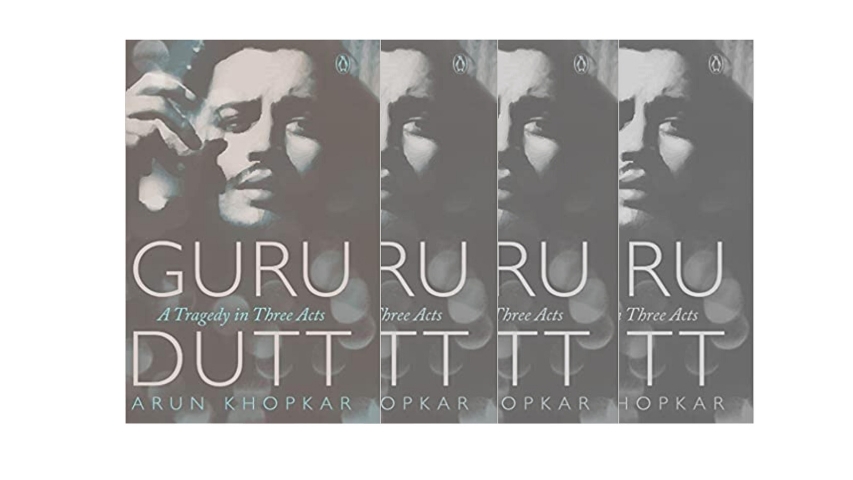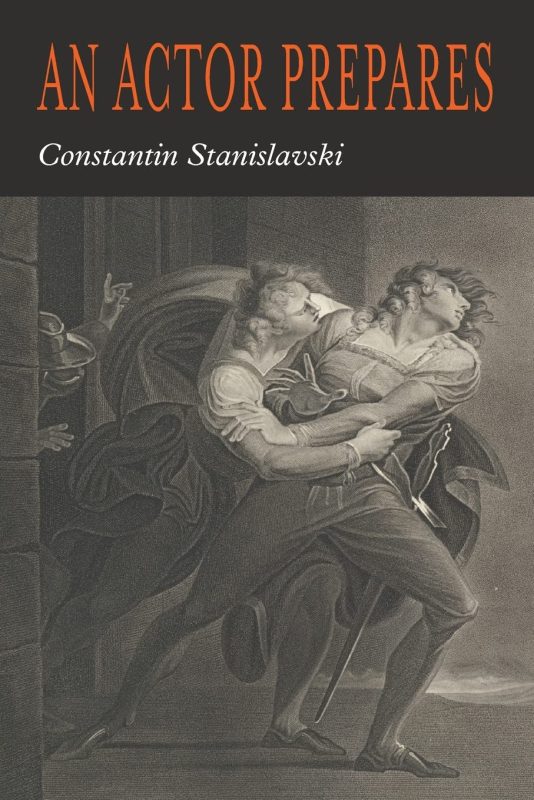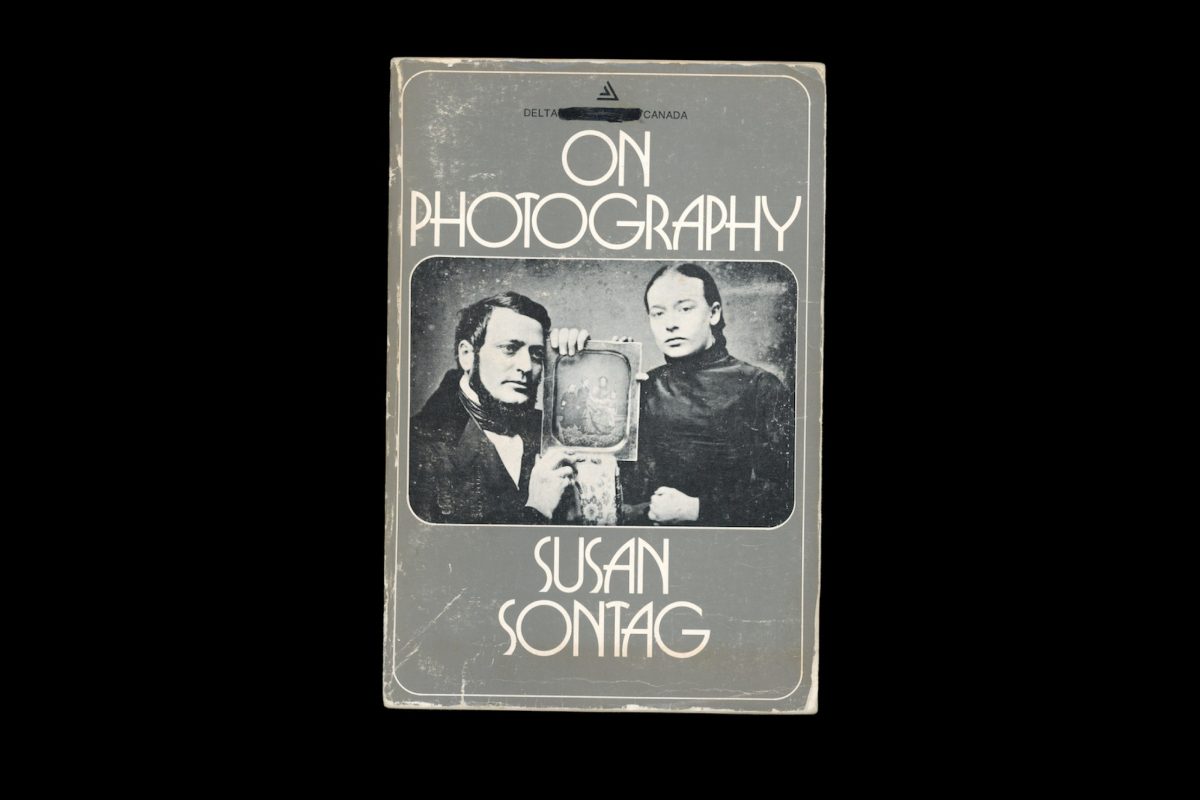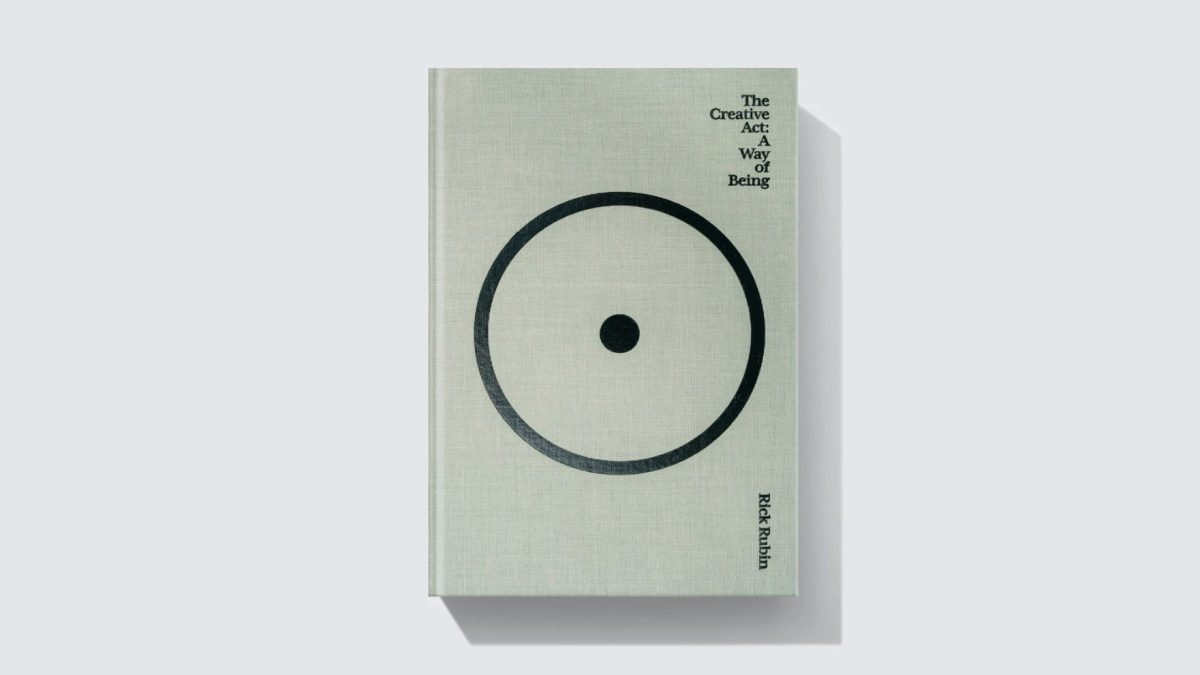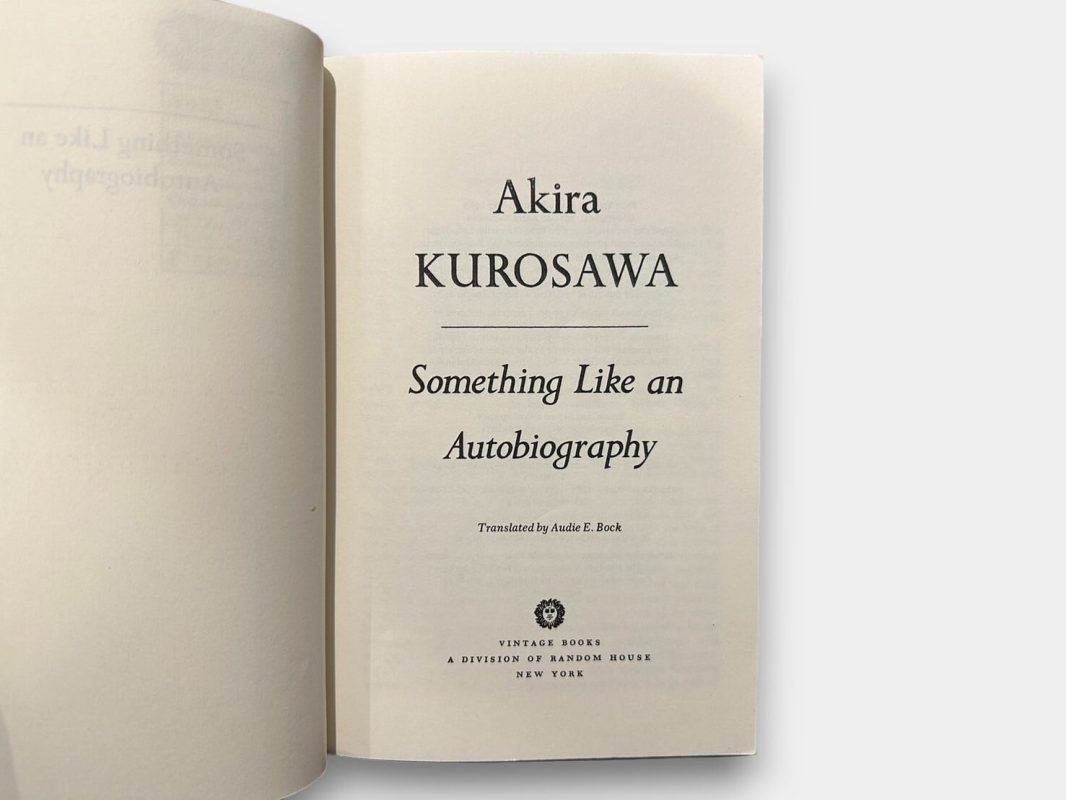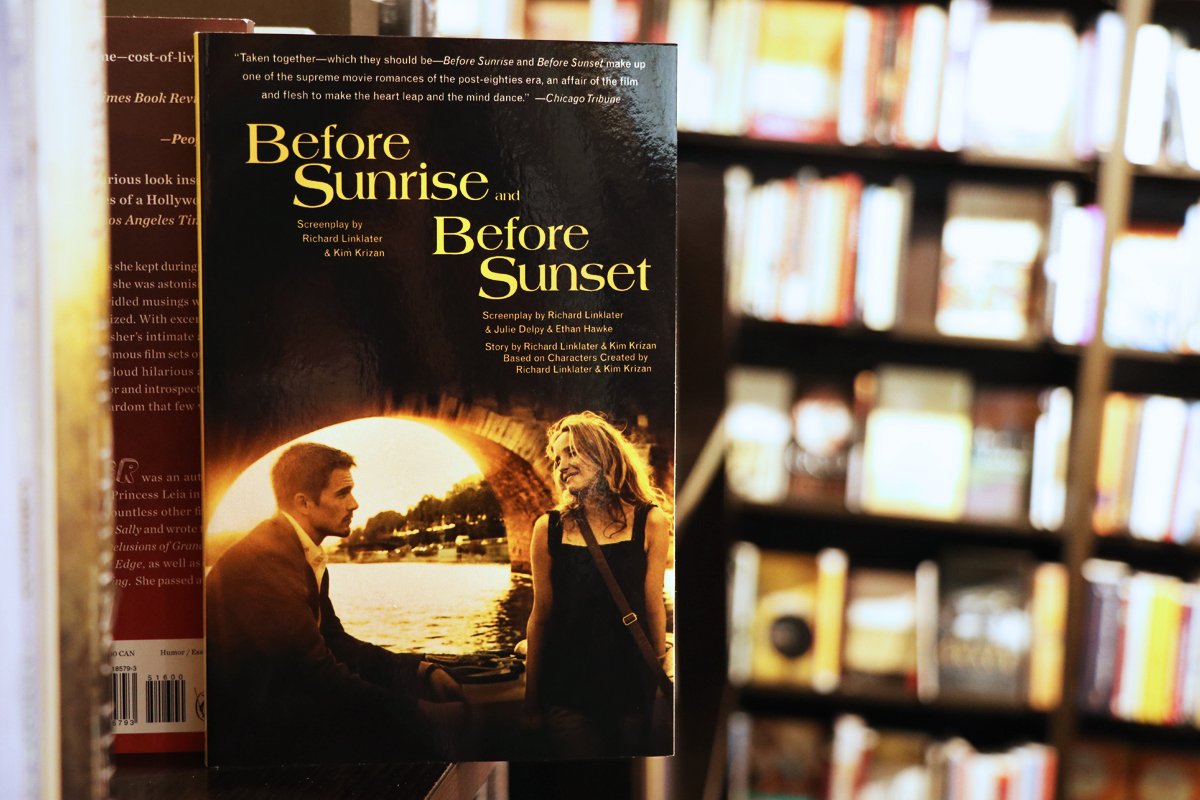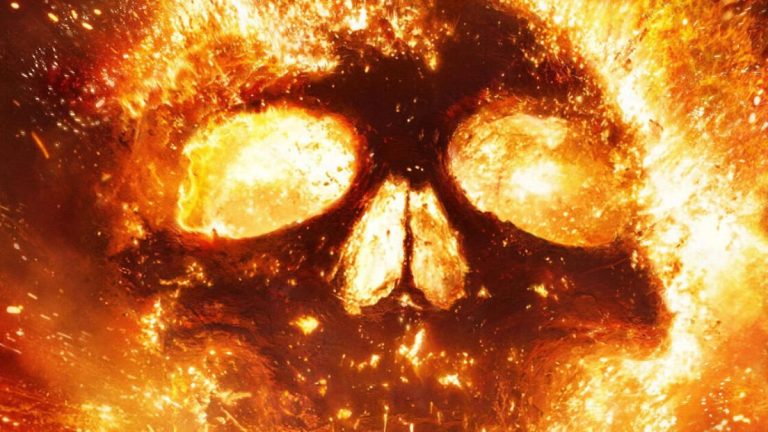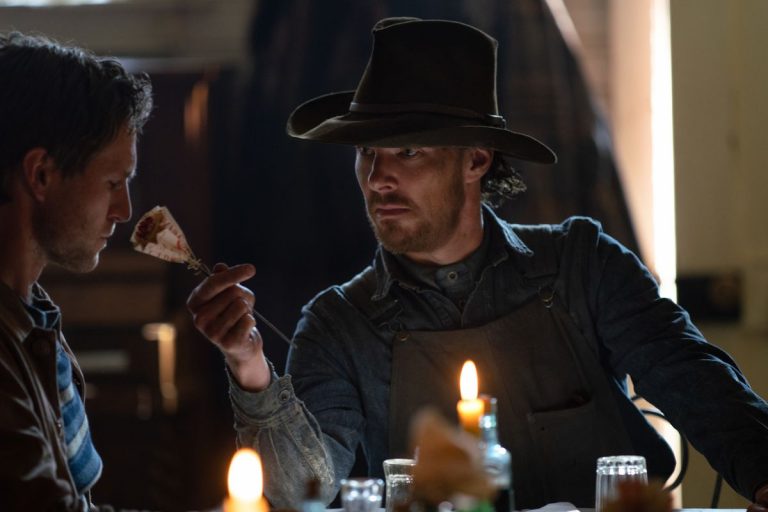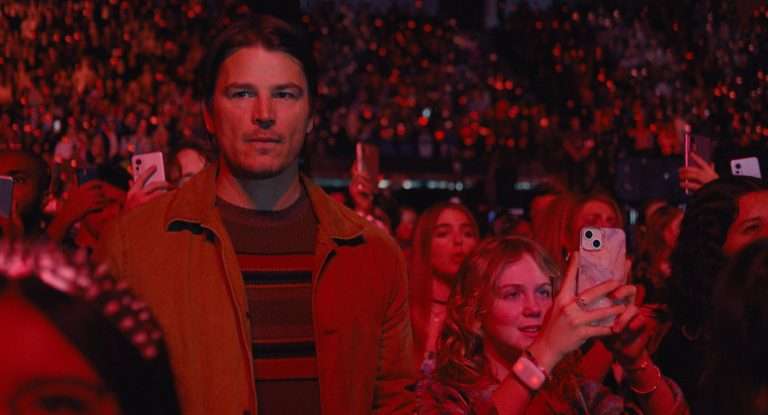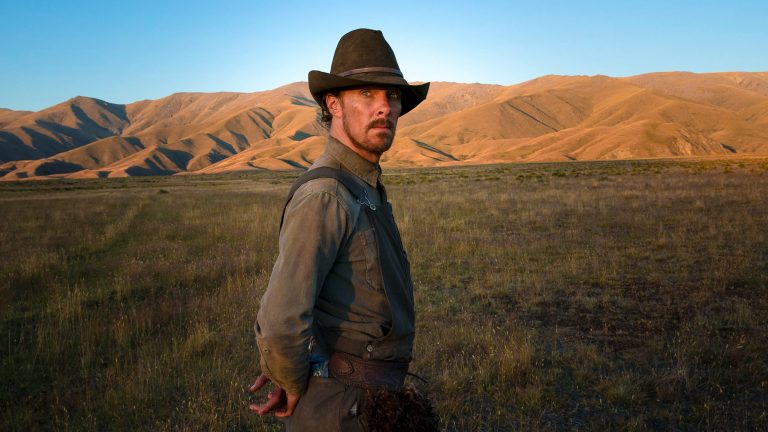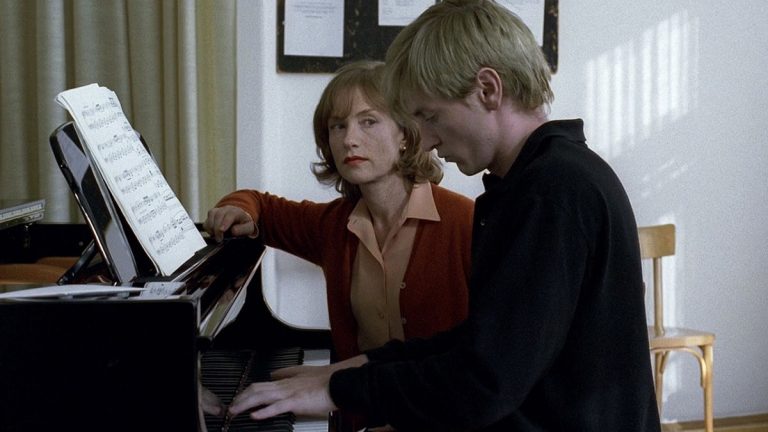In the film school I went to but dropped out of, there were a few books that our professors swore by. Some of these books were spoken about and emphasised almost to the point of vexation by both teachers and students alike.
Susan Sontag was revered universally. John Berger was referred to in almost every other lecture. Camera Lucida was romanticized to the point of absurdity. Stanislavski was a favorite of the actors, Sontag of the critics, and Berger of the photographers. Satyajit Ray and Guru Dutt were icons we were all trying to emulate. Robert Bresson, Akira Kurosawa, and Richard Linklater were our ideals. We watched and rewatched, read and reread, learnt and re-learnt.
Before you decide on becoming a filmmaker, I will emphasize reading a few books that my teachers and peers swore by. This list is for those aspirants who wish to engage in the making of movies but are unsure of where to begin. Read any of these for starters, and you will have a head start over those who haven’t yet.
You must have read our list of 10 Great Books A Cinephile Must Read… This is a companion reading guide for aspiring filmmakers featuring everyone from Roland Barthes and John Berger to Richard Linklater.
1. Camera Lucida by Roland Barthes
A supremely touching book… Barthes wrote the book whilst grieving the death of his mother. In the second half of the book, he rummages through photographs of her trying to find one that can hold the essence of her entirety. He finds it in a photograph of her as a young girl, never printed in the book. This is his punctum…
The point of “Camera Lucida” is to remind you that a photo has to be felt. Cameras were invented so that we could freeze what mattered to us in time. Barthes reminds us that we aren’t simply meant to look at the composition and technicalities of a photograph but to feel it in our stomachs and memories.
For students of cinema, this can almost be a revelation. Images are supremely haunting. They carry the essence of what has passed, and in cinema we have moving images all woven together, each already gone… “Camera Lucida” is both an interesting treatise on photography and a eulogy to his dead mother. Roland Barthes is one of those seminal theorists whom every aspiring filmmaker must read. If you like “Camera Lucida,” be sure to also check out “Mythologies,” which is another brilliant semiotic commentary.
2. Ways of Seeing by John Berger
“Ways of Seeing” is the Bible for those who hope to dissect cinema. The reader learns to ruminate on how they look at things. The book talks about how visual culture shapes our perception and ideologies. There is a spectacular documentary based on the book that is available to stream online. John Berger points out the duplicity in the meaning of images…In films, every frame is built to mean something. It is all intentional. Frames are purposefully set by someone, thereby depicting someone’s ideology. The issue, though, is that as a viewer, this is not something we bear in mind.
Frames are manipulative, and “Ways of Seeing” encourages you to see the deceptive hands that have shaped them. The most important idea it talks about is the male gaze as well as internalised misogyny.
One of the most jarring and unforgettable moments in the book is when Berger writes, “Men look at women. Women watch themselves being looked at.” It’s not just about nudity or objectification; it’s about how women are taught to internalise the act of being watched, to shape themselves around someone else’s gaze. Berger’s theories were considered groundbreaking for his time, and they still stand just as relevant, if not more.
3. Notes on The Cinematograph by Robert Bresson
Robert Bresson is widely regarded as one of the greatest directors ever. “The point is not to direct someone, but to direct oneself.” Bresson’s prose is sharp and spare. A single sentence here can shape how you look through a lens. “Notes on the Cinematograph” is a philosophy book for aspiring directors and cinematographers.
“Return the past to the present. Magic of the present.”
Godard famously contrasted Bresson’s films to Dostoevsky’s novels. In this book, he proves to be as much of brilliant a writer as well. “Robert Bresson is French cinema, as Dostoevsky is the Russian novel,” Bresson explains through an attention to philosophy instead of technicality. His meditations are simple but profound. He writes with the humility of a saint. A BFI poll ranked “Notes on the Cinematograph” as the second greatest book about film. Bresson’s aphorisms are striking. He does in a single line what most can’t do through a hundred.
Bresson’s “Notes on The Cinematograph” proves out to do for cinephiles what Rilke’s “Letters to a Young Poet” proves out to do for poets…
“Hide the ideas, but so that people find them. The most important will be the most hidden.”
Published by New York Review Books and prefaced by the 2008 Nobel Prize in Literature, J. M. G. Le Clézio, this is an indispensable must-read for any filmmaking aspirant.
4. Speaking of Films by Satyajit Ray
Apart from his legacy as a director, Satyajit Ray also wrote novels, short stories, and essays on cinema. His writings are a must-read for fans of his cinema. ”Speaking of Films” is a part of Penguin Ray Library, which brings some of Ray’s most memorable writings on film and filmmaking together.
After being deeply moved by his reading of the 1928 Bengali classic ”Pather Panchali” by Bibhutibhushan Bandyopadhyay and his viewing of the 1948 Italian neorealist film ”Bicycle Thieves” by Vittorio De Sica, Ray was determined to become a filmmaker and ended up redefining the whole of cinema as we know it with his expertise.
Ray writes with the humility of a master who has nothing left to prove, only something left to share. “Speaking of Films” is an auteur’s meditations. Ray reflects upon his days as a painter, times in Santiniketan, working at an advertising agency, his hobby of writing screenplays in his spare time, an encounter with Jean Renoir, his viewing of “Bicycle Thieves” in London that led him to decide that he too will make a movie. At one point in the book, Satyajit Ray writes that books on filmmaking do not help much with the actual making of a film.
Also Read: Top 10 Highest-Grossing Book-To-Film Adaptations
5. Guru Dutt: A Tragedy in Three Acts by Arun Khopkar
Guru Dutt produced, directed, wrote, and acted in the cult Bollywood classic ”Pyaasa,” which tells the story of a struggling Urdu poet in a hypocritical society that faces no qualms in immortalizing the dead but finds it extremely difficult to exalt the living. It explores the nature of a selfishly fickle world that patronizes and abandons art as a trend.
“Pyaasa” was a box office hit, and its success led Dutt to compose another opus – “Kaghaz Ke Phool,” which flopped during its release but was lauded years later after the death of its maker. During its final scene, Dutt dies in the director’s chair in an empty film studio, lonely and forgotten. In this book, renowned filmmaker and scholar Arun Khopkar sheds new light on Guru Dutt’s genius through an examination of his three best films… “Pyaasa,” “Kaagaz Ke Phool,” and “Sahib Bibi Aur Ghulam.”
This book is the portrait of a troubled genius for whom art was life itself. Guru Dutt lived his characters frame by frame, heartbreak by heartbreak. Dutt’s cinema was prophetic beyond his legacy. He lived like he knew he would die. That’s the key to artistic immortality. Arun Khopkar has crafted an intensely compelling read. The original Marathi book won the National Award for Best Book on Cinema. Read this to learn about the life and tragedy of one of cinema’s greatest heroes.
6. An Actor Prepares by Constantin Stanislavski
Every actor has met this book at some stage. Stanislavski didn’t invent method acting, but he was the first to theorize it. This doesn’t age. Stanislavski was the cofounder of the Moscow Art Theatre, where he acted, directed, and almost died onstage of a heart attack, such was the extent of his commitment to his craft.
“An Actor Prepares” is the Bible for any Actor. Numerous theatre classes begin with theories of this. Stanislavski’s exercises help readers discover how to imitate reality. This manual is written from the point of fictional actors taking lessons from a theatre director, that is, Stanislavski himself. He writes about the art of acting through the form of fiction. Through a series of mistakes, meditations, questions, struggles, and revelations, Stanislavski teaches the reader about the stage, truth, and life itself.
He blends autobiography with textbook by using the disguise of a fictional student named Kostya and his peers during their beginnings in theatre. His exercises teach them how to evoke past emotions. In essence, you’ve got to live the part. “An Actor Prepares” is a must-read if you want to get the most out of your characters as a director. Almost all actors employ Stanislavski’s concepts without knowing they do. They say we’re all method actors, too… This is a classic!
7. On Photography by Susan Sontag
Sontag graced the genre of theory with her pen. A Professor in our Photo Archives class reverentially referred to the theories of Susan during her lectures. “On Photography” is some of the quickest prose ever delivered in literature. So much information, so much room for ideas in each line.
Sontag is undoubtedly the writer who made criticism cool. She theorizes the ineffable and makes it seem almost plausible in words. Her prose is as grandiose as the photos of Ansel Adams, as sharp as the photos of Cartier Bresson, and as mysterious as the photos of Brassai. To look is one thing. To look and think is another. Sontag forces you to engage in both through her sharp dissections…
The proliferation of photographic images leads to a culture of voyeurism, detachment, and desensitization. Photography in advertising and journalism supports capitalist ideals by creating endless desires and distractions. Photos are caricatures or miniatures of reality because, though they represent reality yet they tend to be selective and partial. They seem to show the truth, yet they tend to remove the semblance of truth.
Sontag explores the questions of what is beautiful, what photographs forget, how cameras are used as a tool of surveillance, and cultural appropriation. “On Photography” isn’t just a book. It is a cultural centrepiece that stands at the beginning of all our thoughts upon photography.
8. The Creative Act by Rick Rubin
“The more formulaic your creation is, the more it hugs the shore of what’s been popular, the less like art it’s likely to be.”
Rubin founded Def Jam Recordings that helped popularize hip-hop and has been behind the albums of LL Cool J, Beastie Boys, Run-DMC, Public Enemy, Red Hot Chili Peppers, Rage Against the Machine, The Strokes, Weezer, Audioslave, AC/DC, Aerosmith, Linkin Park, System of a Down, Slipknot, Johnny Cash, Kesha, Adele, Ed Sheeran, Lady Gaga, Metallica… Rick Rubin is behind the sound of some of the biggest names in the music industry.
“The Creative Act” by Rick Rubin reads as a transformative experience into the psyche of the creative mystic that lies dormant in all of us. Rubin has simple points to offer. He believes that each of us is creative and we just need to tap into that hidden potential.
“The Creative Act” is one of the best books about creativity since it doesn’t preach technicalities but is based on ground realities. Everybody is creative, and everything is creativity. His wisdom is essential and profound without coming off as pretentious. His words have the power to snap us out of our transfixion. Rubin believes that we make art because we want to create our version of the beautiful. He emphasises personal experience over doctrine. One of the best books published in recent times. It opens the third eye of creativity. The epigraph reads: –
The object isn’t to make art,
It’s to be in that wonderful state
which makes art inevitable
9. Something Like an Autobiography by Akira Kurosawa
Akira Kurosawa was a cinematic pioneer whose legacy is as outstanding as it is widespread. “Rashomon,” based on a short story by Ryunosuke Akutagawa, won the Golden Lion at the 1951 Venice Film Festival. This moment helped put Japanese Cinema on the map for American and European audiences.
“Rashomon” is an intensely moving experience based on the premise that involves various characters providing contradictory versions of the same incident. The film recounts the assault of a woman and the murder of her husband through the differing accounts of four witnesses – the assaulter, the wife, the ghost of her dead husband, and a witness. “Rashomon” is one of cinema’s greatest feats, yet Kurosawa crafted greater still – “Ran,” “Seven Samurai,” and “Ikiru” are better.
“Something Like an Autobiography” is an incredibly honest memoir that traces Kurosawa’s childhood as a slow learner who began to flourish when mentored by some of his teachers. He writes about how he was drawn to the world of the arts and inspired by an older brother who pushed him towards reading books and watching movies. Kurosawa is almost universally revered. In this autobiography, the samurai of cinema lays down his sword and speaks with his heart. He opens up about his life from his birth till the success of “Rashomon” in the 50s.
10. Before Sunrise and Before Sunset: Two Screenplays by Richard Linklater
“Before Sunrise” and “Before Sunset” are transformative cinematic experiences. Jesse and Celine meet on a train ride from Budapest to Vienna and have an instant connection…Linklater made cinema out of characters having conversations. He did it so well that since his making of “Before Sunrise,” numerous counterfeits inspired by the same have been made, but none of those share the vision or legacy of the original.
Reportedly, “Before Sunrise” was inspired by a chance encounter Linklater once had with a stranger over a train ride. “Before Sunrise” and “Before Sunset” explore love and connection in a manner that has been widely imitated since.
Linklater is as brilliant a writer as he is a director. The two screenplays taken together comprise some of cinema’s greatest dialogue. Brilliant, emotional, and unputdownable, this book is necessary to understand what it takes to spin movies out of characters engaging in conversations. Emotional authenticity is the strength of Linklater’s cinema, and through a reading of these screenplays, the student can understand that emotions cannot be replicated.
The legacy of the Before Trilogy continues to grow and inspire… The two spiritually definitive movie experiences have been published as a pair of screenplays by Vintage Books. Ethan Hawke and Julie Delpy also share writing credits!

